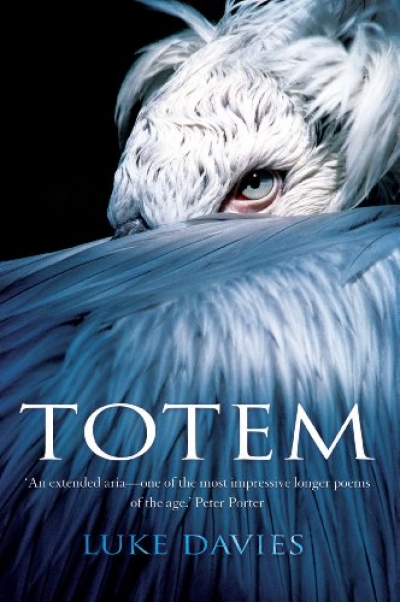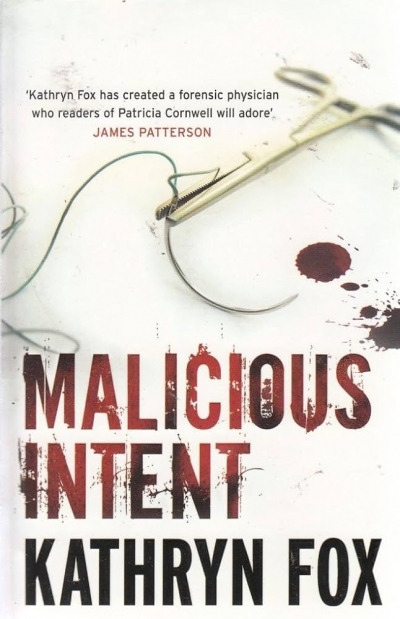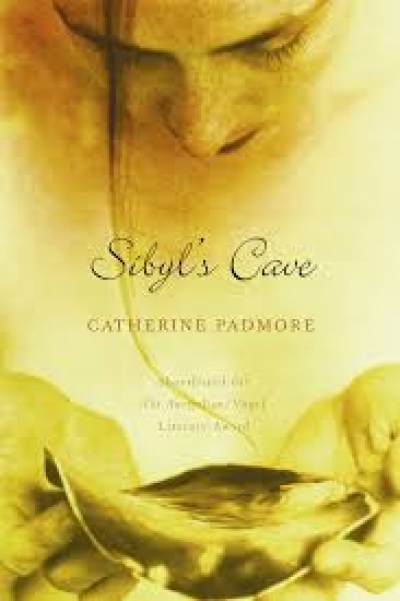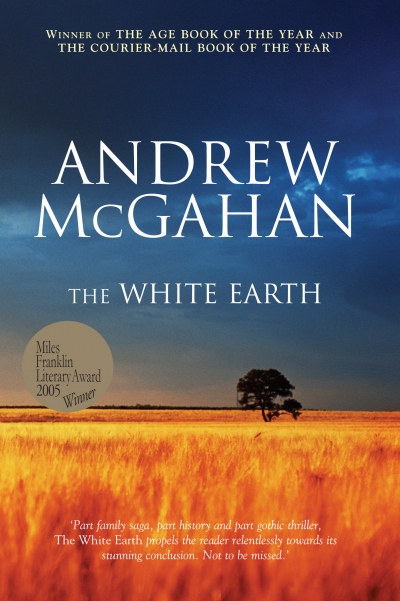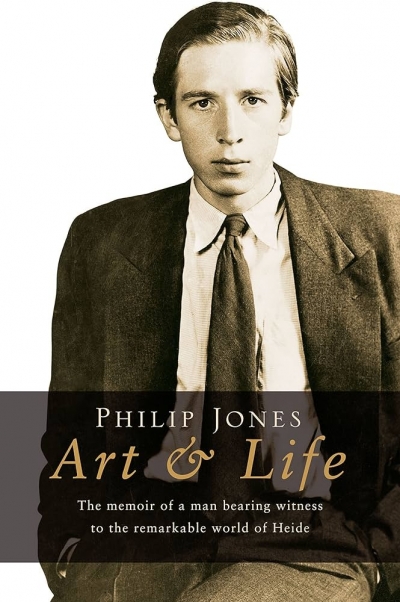Allen & Unwin
Drown Them in the Sea by Nicholas Angel & The Hanging Tree by Jillian Watkinson
by Lorien Kaye •
Fatal Attraction by Bruce Grant & How to Kill a Country by Linda Weiss, Elizabeth Thurbon and John Mathews
by Jock Given •
There Once Was A Boy Called Tashi by Anna Fienberg and Barbara Fienberg, illustrated by Kim Gamble & The Boy, the Bear, the Baron, the Bard by Gregory Rogers
by Stella Lees •
Well May We Say edited by Sally Warhaft & Speaking for Australia by Rod Kemp and Marion Stanton
by James Curran •
Writing Feature Stories: How to research and write newspaper and magazine articles by Matthew Ricketson
by Joel Becker •
Sybil’s Cave by Catherine Padmore & The Submerged Cathedral by Charlotte Wood
by Anna Goldsworthy •





